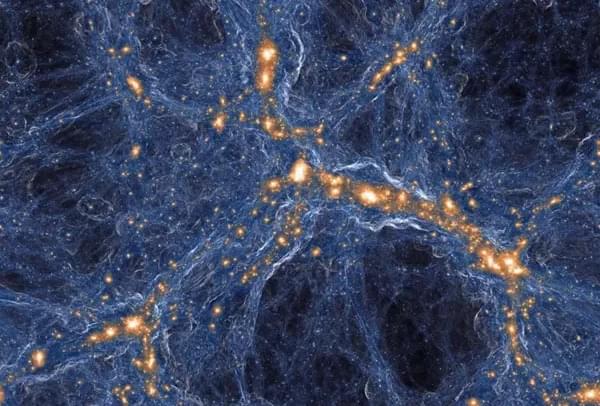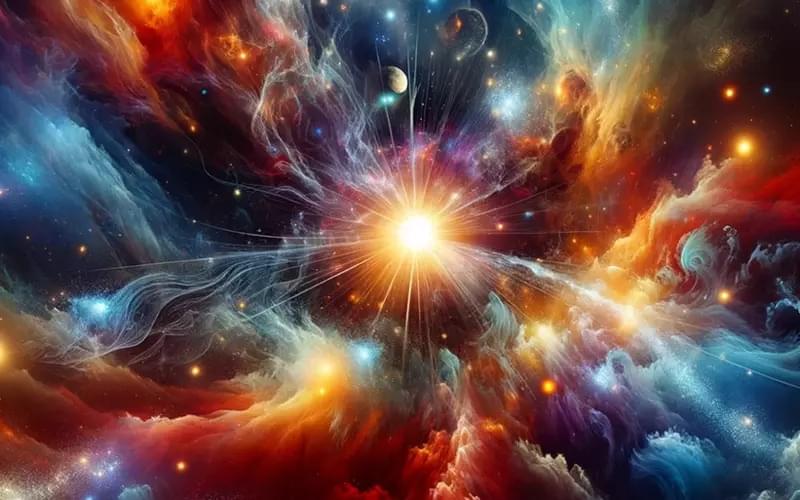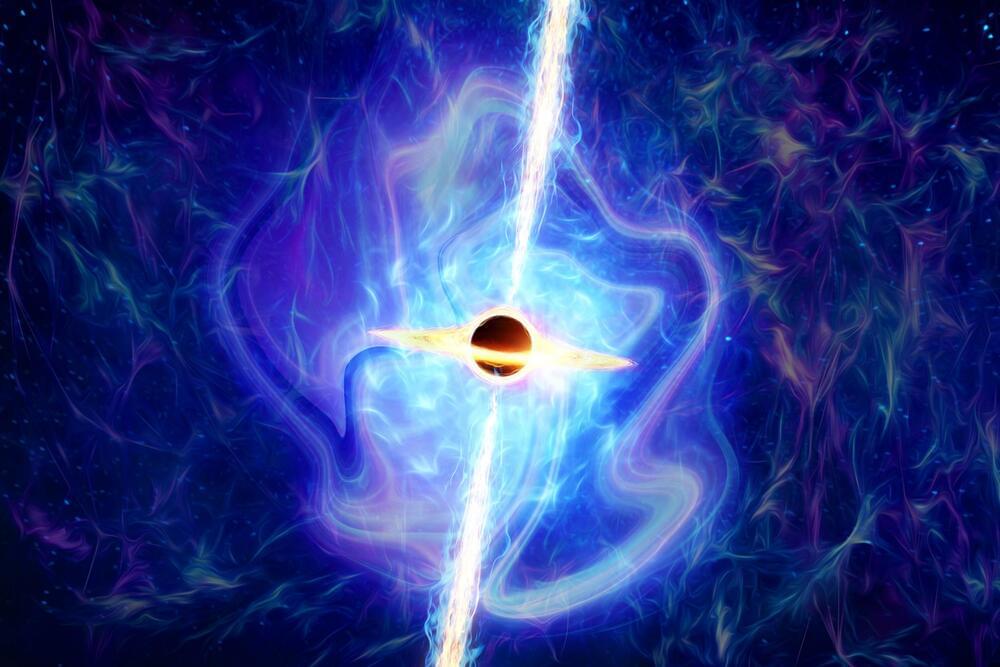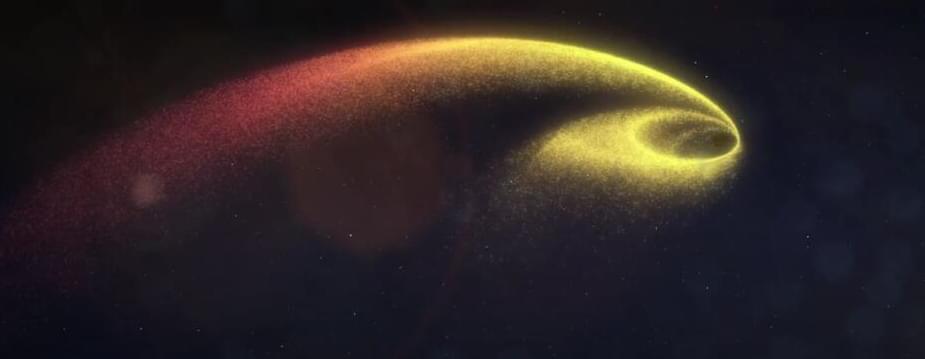Making use of some of the most powerful telescopes on the planet, astronomers have found an ancient remnant of the Big Bang. This small piece of pure material from the early universe may provide light on the processes and motivations behind the formation of various star and galaxy types.
Using telescopes at the W. M. Keck Obervatory in Hawaii, a team of astronomers led by Fred Robert and Michael Murphy of the Swinburne University of Technology in Australia discovered a cloud of gas leftover from the Big Bang that was hiding far out in the universe. Behind the cloud, the telescope also discovered a quasar, which is an extremely bright active galactic nucleus that emits a lot of energy.




